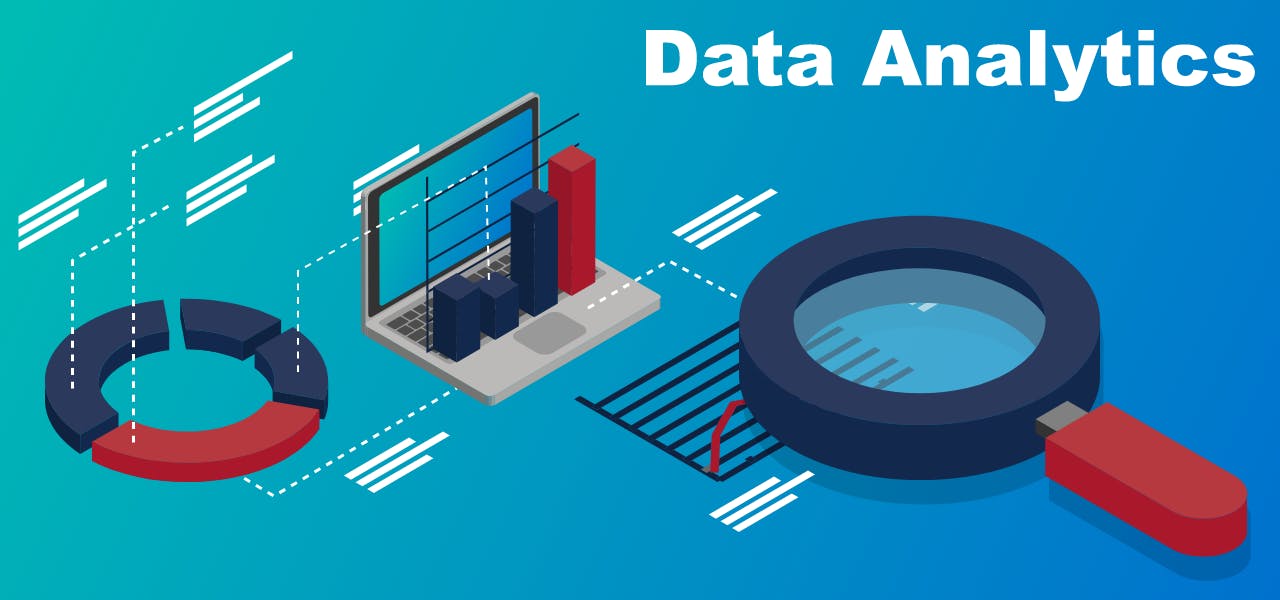There’s been an explosion of data available on the Internet in the past ten years. New social media platforms, new databases, new software, and an abundance of smartphones running all types of mobile applications has changed the technological landscape for good. It wasn’t always a priority to come up with insights as to how data was affecting consumer decisions, executive decisions, and moreover societal changes until suddenly firms realized they could capitalize on understanding and interpreting data.
Fast forward to today, the interrelationship between technology and business has created a high demand for data analysts, originally called data “consultants” when the field was first taking off in the 2010s.
The origins of data analysis at the organizational level
There’s a major consensus that the field really started to come full swing in 2012. IBM at the time was expanding a brand new department of data consultants to make sense of web traffic and social network comments, as well as software and sensors that monitor shipments, suppliers, and customers — to guide decisions, trim costs and lift sales.
This was also around the time that the World Economic Forum presented its “Big Data, Big Impact” presentation in Davos, Switzerland. While Davos 2012 might have been under the radar for some, the annual conference is taken seriously by world leaders from every continent, as well as major industry leaders who are invited. Such individuals started to take note of how big data could transform economies and also entire sectors of influence like agriculture, health, and education.
In its report, the WEF talked specifically about big data from mobile phones and how extracting key information from such sources held major promises for understanding people's movements and behaviors. The report stated:
“The data emanating from mobile phones holds particular promise, in part because for many low-income people it is their only form of interactive technology, but it is also easier to link mobile generated data to individuals. This data can paint a picture about the needs and behavior of individual users rather than simply the population as a whole.”
While the presentation had a global scope, especially in terms of transforming public health systems, business leaders, in particular, caught on and realized that data analysis and mining did not just have to serve the vulnerable communities, and that data could more simply be used at the organizational level to benefit quarterly numbers and make businesses more competitive, and more efficient.
How data analysis has evolved in today’s marketplace
Being a data analyst today is not just an in-demand position; it’s a popular one with a lot of reputability. Usually, firms offering such positions pay a competitive salary with benefits. Media outlets such as Vice News, The Atlantic, and many others now hire data analysts to oversee their digital magazine departments now that print is slowly starting to disappear. Data analysts help marketing firms and non-profits understand their financial sustainability and make presentations to board rooms on such matters.
From the user perspective, sites like WordPress, Instagram, and LinkedIn have their own statistics or Insights built into the software to help users and consumers track their own analytics. LinkedIn especially has made users incredibly conscious from a data perspective of how well they rank up next to other professionals in their field in terms of publications, but also how many people view their profile over a weekly or monthly period.
Other analytics sites such as Impactio for researchers and PhDs specifically gives weight to academics with a certain number of publications and citations in the academic sphere of things. This site is built upon analytics and gives academics a clear sense of how academic profiles rank up next to one another.
Data analysis still has a clear utility function
While such a large flow of data has come into the mainstream, there’s still really two main utility functions of data:
1) To accurately predict or forecast events in the near and distant future. With respect to climate change, this couldn’t be more true.
2) To understand the reputation or worth of something relative to other goods or services in the same industry.
On the consumer side of things, we’ve mostly all been primed via our social media accounts to understand our reputation relative to the amount of Followers friends and influencers have. Whether or not this is a healthy practice is another topic for discussion. But regardless, data has evolved to the point where its become part of everyday life, and that’s why it’s so important now to approach data with just the right amount of healthy skepticism.
